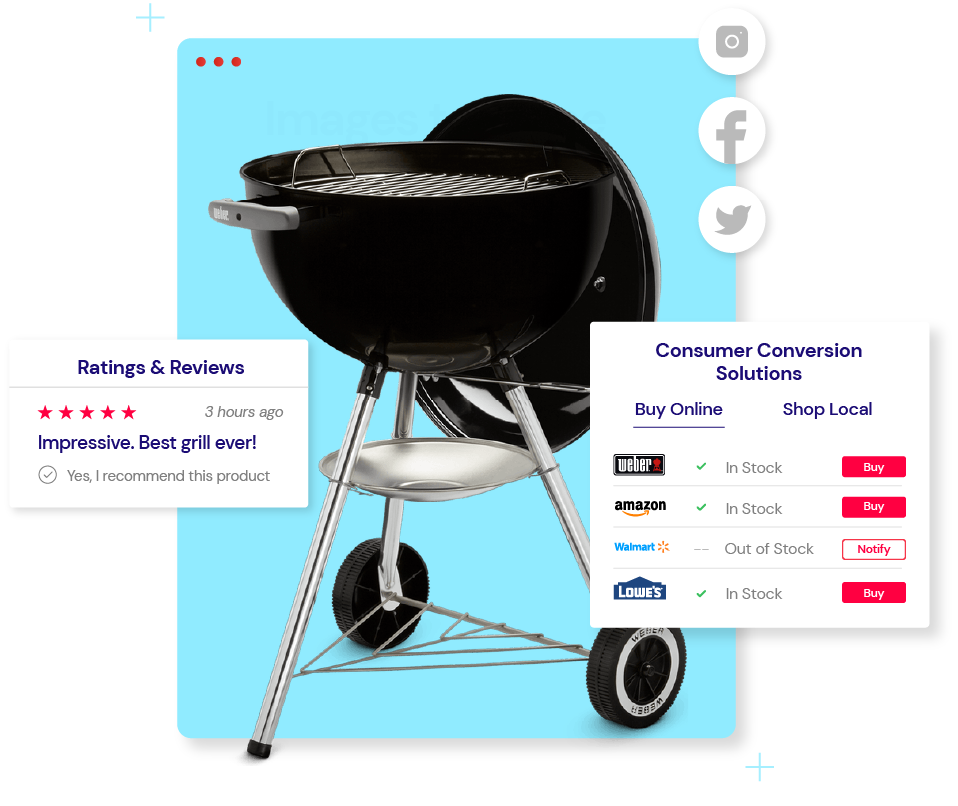In an atmosphere where everyone is scrambling to put out the most effective, enhanced branded content, how can we be sure of what is working and what is not?
“One of the most common mistakes that is made when it comes to writing product descriptions is that copywriters simply describe the products instead of selling the items with the description to their target audience.” – John Rampton, Forbes.com
A catchy descriptor can make all the difference in the world, when it comes to snagging a new consumer or retaining a repeat buyer. By keeping demographics in mind, brands can angle verbiage towards specific tone, tenor, length and style, to be as accurate as possible when targeting shoppers.
Play to your audience!
Most manufacturers and brand owners know exactly who their demographic is by the time of launch, but keeping that audience in mind during the marketing and public relations phases can be a bit more challenging.
It is often up to the leaders at the top to work with branding agents and writers to ensure the appropriate messaging makes its way through an entire sales chain, down to every online listing – which can be in the thousands nowadays.
Here, nuance is key. For example, a pair of orthopedic shoes may sound like an item that simply sells itself to the right demographic. But, when taking into account the massive online retail landscape, having a more detailed description is vital.
Instead of listing the pair as ‘Orthopedic shoes for all ages,’ writers may want to elaborate with ‘Maximum comfort for achy feet,’ or ‘Walk with comfort AND style’ to illustrate how the shoes will make the consumer feel.
Consider a brand that is mostly sold in the Northwest. A line such as ‘Protects through rain, snow and sleet,’ might be fitting. Also, highlight attributes that set the product apart, such as its superiority over the competition, or its unique patented features.
And don’t leave any of the important questions unanswered! To round out your enhanced brand descriptions, it is best to include dimensions including height, width and weight, as well as any additional, pertinent explanations of how the item works. Relatable, not overly technical language is key.
Analyzing your impact
So, you have honed in on your tonality, signed off on copy, and sent your brilliant content to your retailers. But, even after all that time and money spent on getting your descriptions ‘perfect,’ how can you really know if they are working for you or against you?
Staying on top of hundreds or thousands of retail providers is extremely difficult and time-consuming on its own. This becomes even more difficult without an online platform that can scan every listing in record time and organize user-friendly data for manufacturers to analyze and address.
That’s why PriceSpider developed Brand Monitor. By giving brand owners and manufacturers the ability to view on a single dashboard how many reviews, questions and answers a product has, brands can adjust messaging to develop the most effective product descriptions and work with retailers to ensure brand compliance like never before.
Perhaps all of your content is working well. Perhaps none of it is working. Usually, the results lie somewhere in the middle. For example, you may be getting great sales from an online retail storefront out of Boston that follows 80 percent of your recommended brand guidelines, but online consumers of a company in Houston seem to be shying away from your products, as major message points are missing or inaccurate.
The great benefit of a well-designed brand monitoring system is its ability to pinpoint areas that need extra attention, without the need for a complete brand overhaul. With Brand Monitor, many of PriceSpider’s partners are now becoming their own digital surgeons – wielding the tools to keep all sales messaging systems up and running while repairing only affected areas.
Your brand is the core of your business. Keeping your retailers on message is the only way to succeed.

